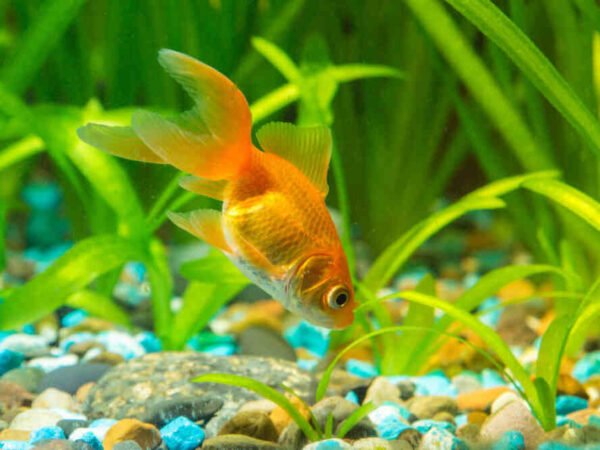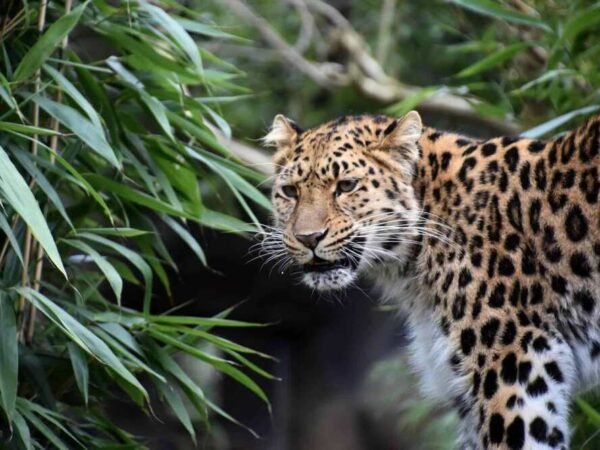The Hancock Wildlife Foundation (HWF) has gained acclaim for its innovative approaches to wildlife conservation, particularly its focus on one of North America’s most iconic birds, the bald eagle. Referred to affectionately as “Hancock bird” in honor of David Hancock, the foundation’s founder, these eagles symbolize the spirit of the wilderness and the complex challenges of wildlife preservation in the modern world.
Foundation Background
Founded over a decade ago by Hancock, a biologist with a deep passion for birds of prey, the foundation quickly set itself apart by utilizing technology in ways that few other conservation efforts had before. Its most notable initiative, the use of live-streaming wildlife cameras, has opened a window into the private lives of bald eagles, providing unprecedented access to their nesting behaviors and daily interactions.
Conservation Techniques
The success of these live streams has been twofold. Firstly, they are a powerful educational tool, allowing anyone with internet access to observe these magnificent birds in real-time. This has raised awareness about the challenges eagles face and sparked interest in wildlife conservation more broadly. Secondly, the detailed observations made possible by these cameras have filled a gap in scientific knowledge, offering insights into eagle behavior, breeding patterns, and ecological needs.
David Hancock’s Conservation Insights
David Hancock, the founder of the Hancock Wildlife Foundation, offers deep insights into the adaptability of bald eagles, noting their successful transition from wilderness areas to urban environments. He attributes this resilience largely to reduced human persecution, a significant shift that has enabled their population to thrive in new settings. Hancock’s work goes beyond mere observation; it involves comprehensive educational and conservation initiatives, including tracking and live-streaming eagle activities.
These efforts provide critical data that shapes wildlife conservation strategies, highlighting the foundation’s proactive role in addressing the environmental challenges that impact eagle populations, especially during critical breeding seasons affected by climate change and habitat destruction.
Research and Impact
The research facilitated by HWF’s live streams contributes directly to more informed conservation strategies. Through partnerships with scientific organizations like the Bald Eagle Tracking Alliance, HWF has helped track migration patterns and assess the health of eagle populations across North America. This research is critical in facing habitat destruction, pollution, and climate change, threatening eagle habitats and food sources.
Educational Outreach
Beyond research, HWF is deeply committed to education. The foundation provides many educational resources, including webinars and curriculum guides that help teachers integrate wildlife conservation into their classrooms. This educational outreach extends beyond schools, with HWF actively participating in community forums and public advocacy to promote environmental stewardship.
Community and Global Influence
The influence of the Hancock Wildlife Foundation reaches beyond local or even national borders. They contribute to a global understanding of wildlife conservation challenges and strategies by sharing their findings and methodologies. Their work with eagles has served as a model for similar conservation efforts worldwide, demonstrating the effectiveness of combining technology, research, and public engagement.
Challenges and Future Directions
Despite the successes, the path forward has obstacles. The changing climate, expanding urban landscapes, and persistent pollutants pose significant threats to bald eagles and other wildlife. HWF continually adapts its strategies and explores new technologies to enhance its conservation efforts. One such initiative is the development of “off-site mitigation,” which involves creating new habitats to support displaced eagle populations, ensuring their survival despite human encroachment.
Conclusion
In conclusion, the Hancock Wildlife Foundation stands out for its commitment to the majestic bald eagle and its holistic approach to conservation. By blending technology, research, and education, HWF protects these “Hancock bird” and inspires a new generation of conservationists. As we look to the future, the continued support and expansion of such innovative conservation initiatives will be crucial in preserving our natural heritage for generations to come.
The work of the Hancock Wildlife Foundation exemplifies how dedicated individuals and innovative technologies can come together to impact wildlife conservation significantly. Their efforts remind us of the power of observation, the importance of science in conservation, and the role of education in fostering a sustainable coexistence with nature. Through their ongoing work, the “Hancock bird” will continue to soar high, symbols of both the challenges and the potential triumphs of wildlife conservation.
Read More interesting topics at Disboard.













